A Dietitian's Grocery Shopping List for Weight Loss
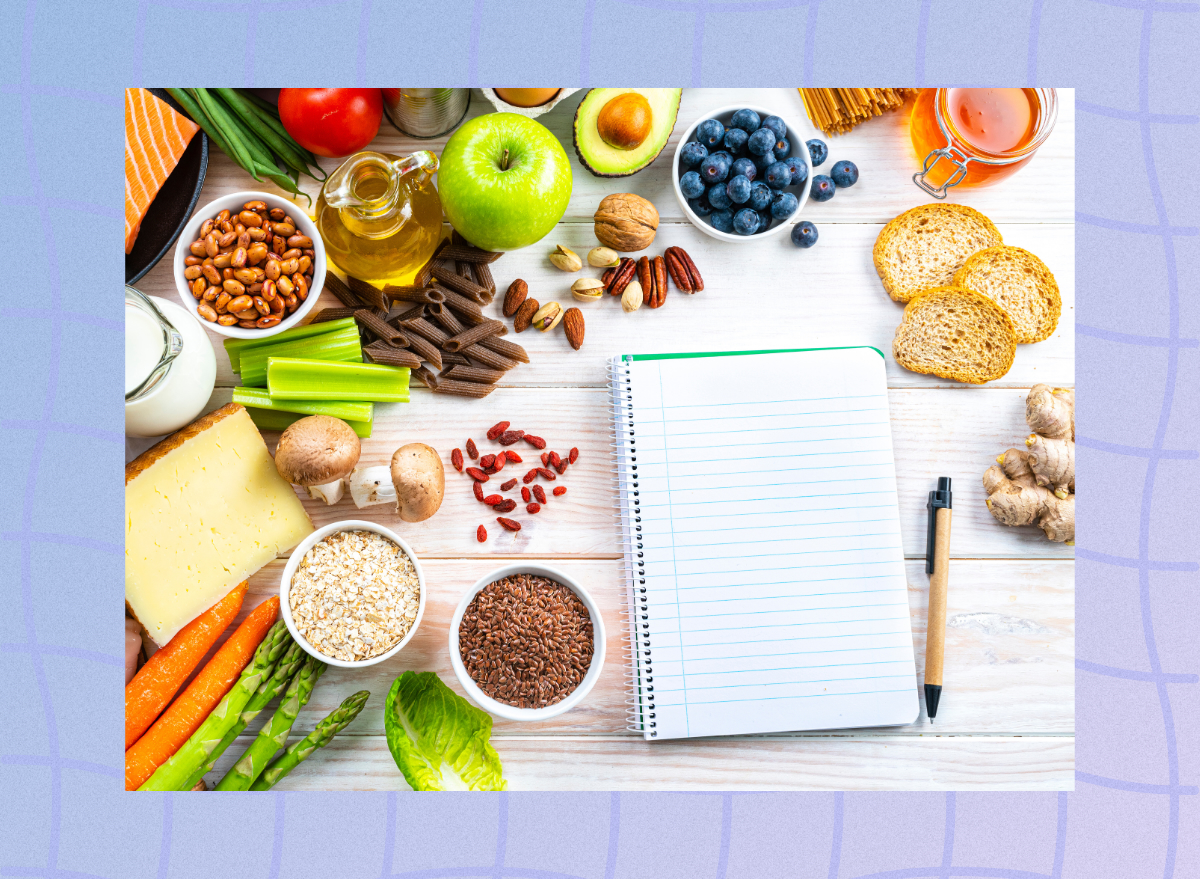
The grocery store is packed with options, some beneficial for weight loss and others focused more on flavor than nutrition. While all foods can fit into a weight loss diet in the right portions, certain options may make your journey more successful. With thousands of items to choose from, it can feel overwhelming to sift through the options.
Weight loss can benefit many areas of your health, and choosing nutrient-dense foods while limiting those with empty calories is a great start. Surprisingly, eating for weight loss doesn't require elaborate meals with numerous ingredients. Plenty of packaged food items can aid your goals and pair with fresh foods to create balanced meals and snacks.
If you struggle to navigate the grocery store to find foods that support your weight loss goals, you have come to the best place. Read on to learn how to build a dietitian-approved shopping list for weight loss.
How to Build a Weight Loss Grocery List
When choosing groceries that support your weight loss goals, keep these key factors in mind:
- Shop the Perimeter: The perimeter of the store generally has less processed foods like fruits, veggies, protein, and dairy products. While you may not find everything you need in these sections, they should serve as the base of your shopping list.
- Choose Items with Fewer Ingredients: In the middle aisles, opt for whole grains, beans, nuts, and nut butter—foods that have undergone minimal processing and have few added ingredients.
- Focus on Protein and Fiber: Foods rich in protein and fiber improve satiety and keep you fuller throughout the day. Nutrient-dense foods like fruits, veggies, proteins, and whole grains pack fiber, protein, and other essential nutrients. Limiting foods with added sugar and saturated fat, especially processed foods that contain one or both, will reduce empty calories in your diet and support your weight loss goals.
Read on for our ultimate weight loss grocery list, and for more, don't miss The 30 Best Foods for Weight Loss.
Fresh Produce
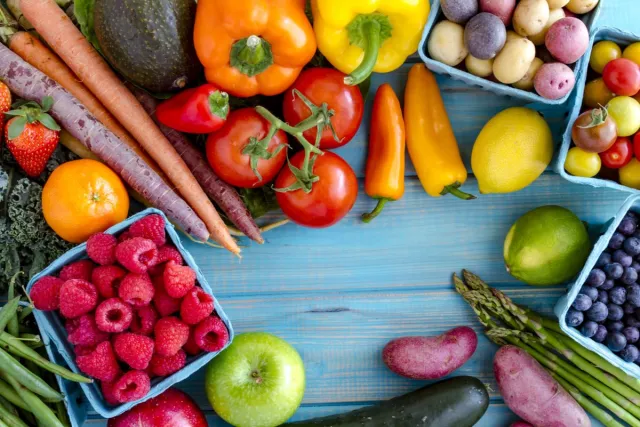
Fruits and veggies are known for their fiber, vitamin, and mineral content. While micronutrients are essential to a healthy diet, fiber is especially important for weight loss. Research even indicates that soluble fiber in your diet may aid in reducing visceral fat, which is the more concerning fat in your abdomen. All fresh fruits and veggies should be part of your weight loss diet, and choosing a variety from each category helps ensure you introduce a wide range of nutrients into your diet. The following list of produce includes items with some of the highest fiber contents.
- Berries
- Pears
- Pomegranate seeds
- Kiwi
- Passionfruit
- Guava
- Apples
- Mango
- Avocado
- Spinach
- Sweet potato
- Cruciferous veggies
- Carrots
- Hummus
Lean Proteins
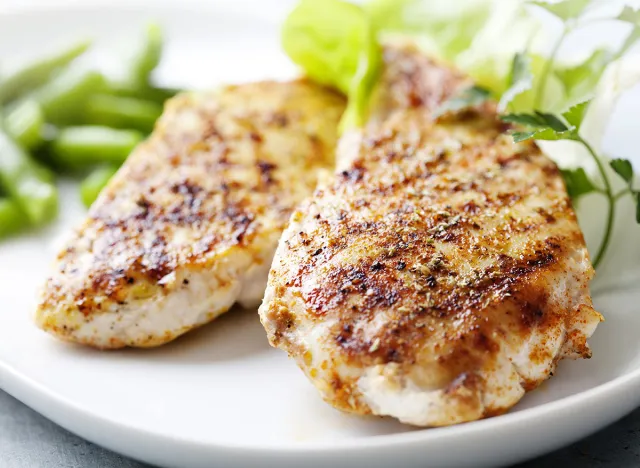
Protein is another essential nutrient that can improve your satiety. In fact, protein has the highest satiety factor among macronutrients and can also increase the number of calories you burn while digesting food. The combination of these factors can encourage weight loss. When choosing proteins, you should choose options with minimal saturated fat content and include a variety of options to receive a more varied nutrient profile.
- Fish (salmon and tuna contain more Omega-3 fats than other fish)
- Shrimp
- Chicken (white meat and skinless options are lowest in saturated fat)
- Ground turkey
- Lean ground beef (at least 90% lean)
- Lean cuts of beef (top sirloin, roasts, tenderloin)
- Lean cuts of pork (tenderloin, chops)
- Eggs and liquid egg whites (you'll likely find eggs near the dairy)
- Tofu (you'll likely find near the produce)
- Deli meat (nitrate free)
- Rotisserie chicken
Whole Grains
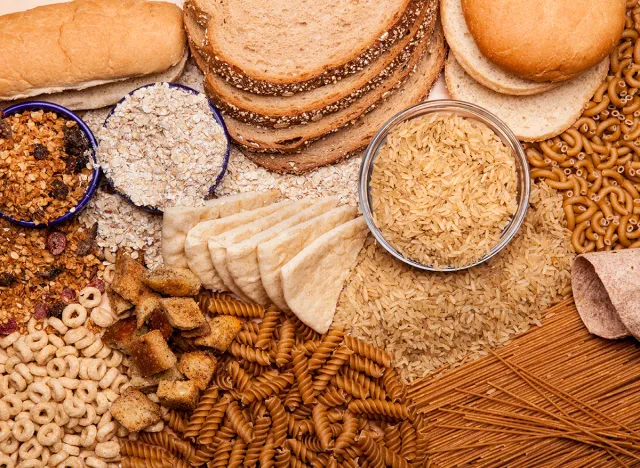
You will find whole grains in the center of the store. This is where things can get tricky with plenty of sugar-loaded options mixed in amongst the healthier selections. In general, whole grains have a high fiber content, and some may even pack notable protein. Choose options with minimal added ingredients, and compare brands to look for those with the highest fiber and protein content and the least added sugar.
- Plain oats (old-fashioned or steel cut)
- Brown rice
- Quinoa
- Dry or canned beans
- Popcorn (kernels or air-popped)
- Bean-based noodles
- Whole wheat flour
- Cereal and granola with no added sugar
- Crackers with no added sugar
- Whole grain bread
Healthy Fats
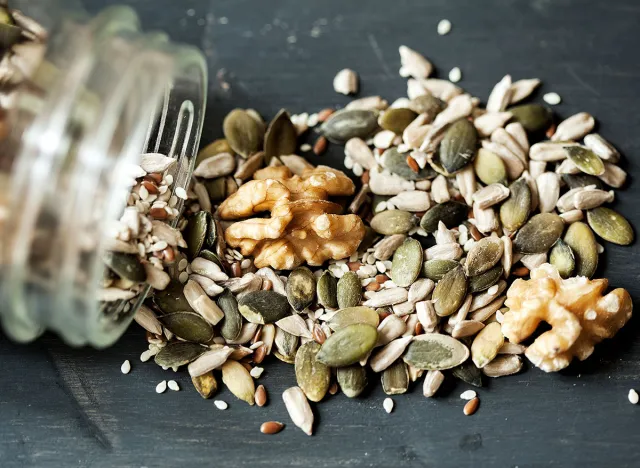
While this category contains several types of dry goods, you'll also find healthy fats in fresh foods, like avocado and fish. Healthy fats are unsaturated and include specific fatty acids, like Omega-3. Fats are generally more satiating than carbs, making them beneficial for weight loss. They also provide a slew of other benefits, like antioxidants and support for heart health.
- Nuts (choose plain or lightly salted options)
- Seeds (including chia, flax, and hemp seeds)
- Nut and seed butters (choose options with no added sugar, like 15 Healthiest Nut Butters on Grocery Shelves)
- Olive and Avocado oils
- Canned sardines and anchovies
- Tahini
- Salad dressing (made with healthy oils, like extra virgin olive oil and avocado oil)
Dairy & Dairy Alternatives
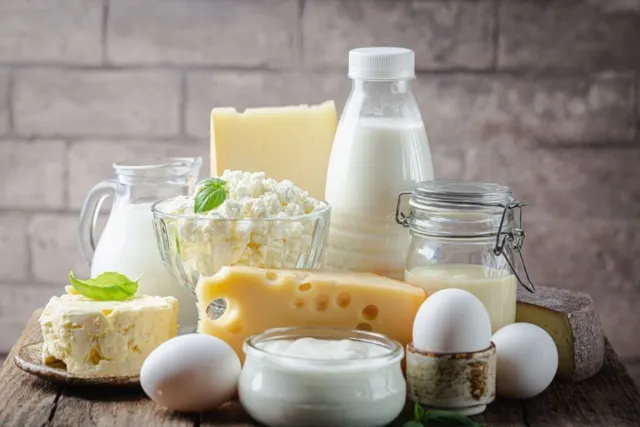
Dairy foods are a unique source of certain nutrients, including calcium and vitamin D. Generally, dairy foods also provide protein and fat with fewer carbs. Unfortunately, many dairy foods can be a source of added sugar, so you'll have to watch out for that when choosing your dairy, especially anything that is flavored.
- Plain or no-added-sugar Greek yogurt
- Cottage cheese
- Cheese
- Skim, 1%, 2% or whole milk
- Soy, almond, and oat milk
- Kefir
Frozen Foods
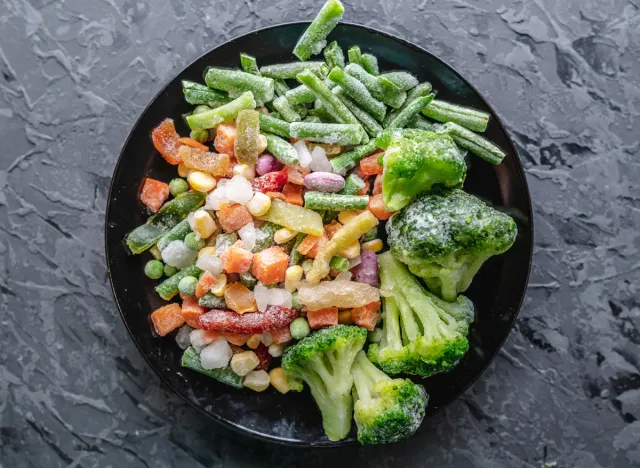
The frozen food section offers tons of convenient meals and snacks. However, it also contains plenty of less nutritious treats, desserts, and fried foods. Fruits and vegetables are a great selection here, and if you are looking for something sweet, there are healthier alternatives available with less sugar than traditional frozen treats.
- Fruit (no added sugar)
- Vegetables
- Chicken (un-breaded, not fried)
- Edamame
- Healthier frozen desserts
Weight Loss Meal & Snack Ideas
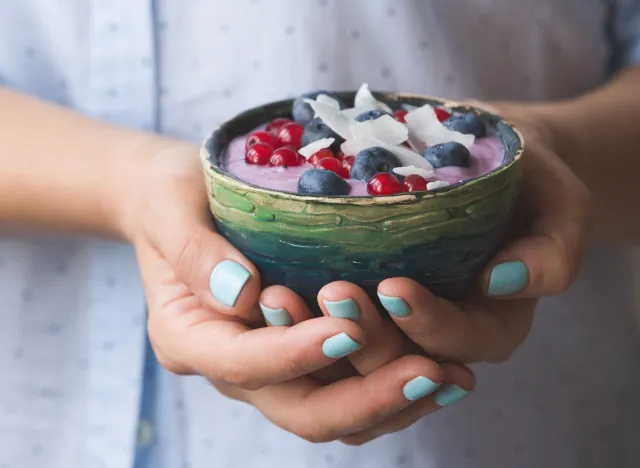
Breakfast
- Greek yogurt with berries and nuts
- Eggs scrambled with spinach; whole grain bread topped with avocado
- Smoothie with frozen fruit, spinach, Greek yogurt, chia seeds
- Avocado toast topped with hemp seeds and sliced tomato
- Oatmeal topped with berries and nut butter
Lunch
- Large salad with lettuce and veggies of choice, rotisserie chicken, dressing, and chickpeas
- Half sandwich with sliced cheese and deli turkey, side of fresh fruit
- One serving of crackers topped with cheese and deli ham; side of raw veggies dipped with hummus
- Homemade pasta salad with bean-based noodles, tomatoes, zucchini, and arugula tossed with olive oil and lemon juice
- Shrimp cocktail with side of crackers dipped in mashed avocado
Dinner
- Turkey burger on whole grain bun; side of broccoli roasted with olive oil
- Spaghetti made with bean-based noodles and no added sugar marinara; side salad
- Lean ground beef seasoned as taco meat and served in large lettuce leaves with sliced avocado; side of black beans
- Stir fry made with diced chicken breast and frozen mixed veggies; serve over brown rice and top with soy sauce
- Quinoa salad made with quinoa, chickpeas, diced tomatoes, and cucumber; drizzle with olive oil and lemon juice, and top with avocado
Snacks
- Air-popped popcorn with string cheese
- Raw veggies dipped with hummus
- Cottage cheese topped with pear
- Apple dipped with nut butter
- Hard-boiled egg with kiwi









